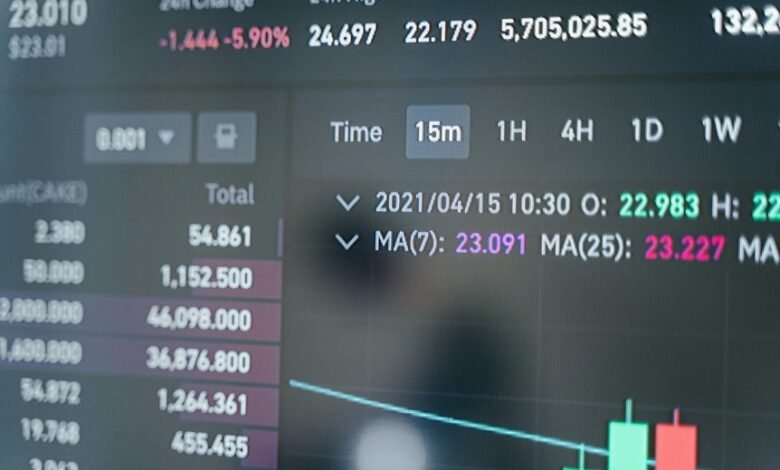A Caller You Can’t Ignore: 5202263623

The number 5202263623 has emerged as a persistent source of calls, stirring intrigue and annoyance among recipients. Many question the identity of the caller and their true intent. With opinions divided on whether these communications are mere marketing ploys or potential scams, the frequency of disruptions raises concerns about privacy and security. As the situation unfolds, understanding the nature of these calls becomes increasingly vital. What might this mean for those on the receiving end?
The Rise of 5202263623: Who's Behind the Calls?
Who is truly behind the persistent calls from the number 5202263623?
The elusive caller identity raises questions as the call frequency increases, disrupting the peace of countless individuals.
Investigators speculate on the motives behind such relentless outreach.
Is it a marketing ploy, a scam, or something more insidious?
Understanding the origins of these calls is crucial for those seeking autonomy and clarity.
Common Reactions: What People Are Saying
What drives individuals to respond to the incessant calls from 5202263623?
Public perception varies widely; some view the caller as a nuisance, while others report curiosity about the caller's reputation.
Many express frustration over persistent outreach, questioning the intentions behind these calls.
This polarized response highlights a broader societal concern regarding unsolicited communication and the impact on personal freedom and privacy.
Identifying the Risks: Scams and Telemarketers
The persistent nature of calls from numbers like 5202263623 raises significant concerns about potential scams and telemarketing tactics.
Individuals must enhance their scam awareness to navigate the landscape of unsolicited calls effectively. Telemarketer tactics often exploit trust and urgency, leading to financial loss or personal data breaches.
Understanding these risks is crucial for maintaining personal autonomy and protecting one's privacy in an increasingly intrusive world.
Tips for Handling Unknown Callers
Three essential strategies can significantly improve one's ability to handle unknown callers.
First, employ call screening to filter out unwanted contacts.
Second, prioritize privacy concerns by refraining from sharing personal information until the caller's legitimacy is established.
Finally, utilize technology, such as blocking features or apps, to maintain control over incoming calls.
These methods empower individuals to protect their time and personal space effectively.
Conclusion
The enigma of 5202263623 lingers like a shadow, casting doubt and concern in its wake. As individuals grapple with the incessant ringing that disrupts their peace, the line between caution and curiosity blurs. Understanding the potential risks associated with such calls is paramount; they are not mere nuisances but harbingers of scams and intrusive marketing. In an age where privacy feels increasingly fragile, the need for vigilance and decisive action becomes a clarion call for all.





